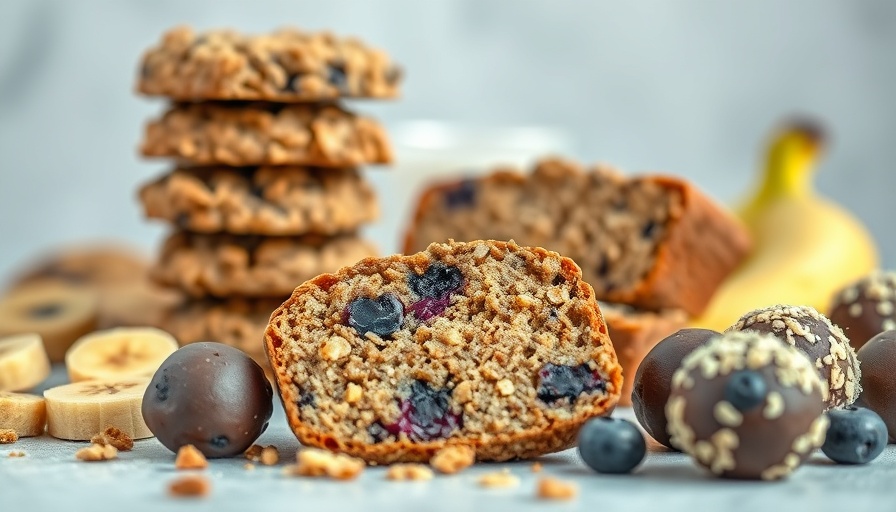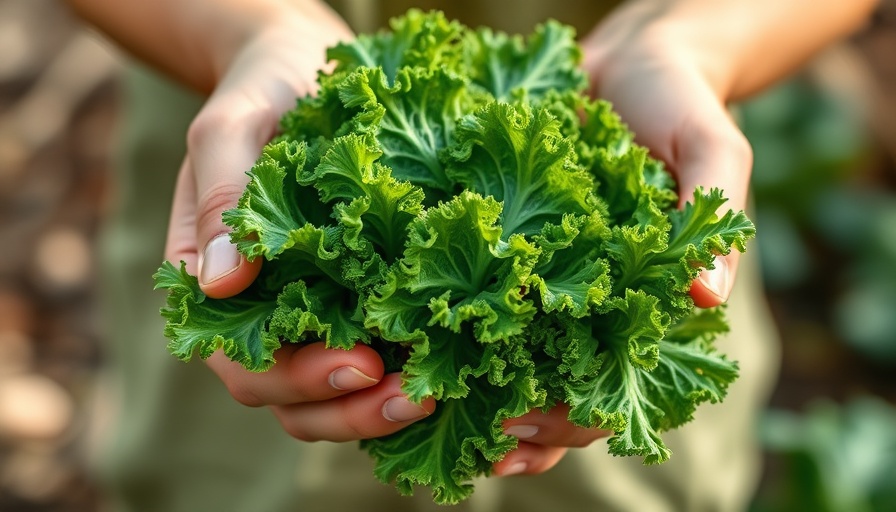
Why a Cherry Cheesecake Breakfast Bowl is the Ultimate Immunity Booster
In today’s fast-paced world, health-conscious individuals often overlook the importance of nutrition in their diet while focusing on physical recovery. Enter the cherry cheesecake breakfast bowl: a healthy yet delicious way to start your day. Packed with nutrients and protein, this dish offers several benefits, especially for those recovering from illness or stress.
The Nutritional Powerhouse of Protein
This breakfast bowl includes a solid source of protein, combining cottage cheese and Greek yogurt to deliver a whopping 35 grams of protein per serving. Alongside its digestive benefits, protein is crucial for recovery, muscle repair, and overall immune function. According to nutritional science, sporting a high-protein diet can effectively support mental health and maintain muscle mass, especially during a fitness regimen or recovery period.
Cherries: Nature's Anti-Inflammatory Hero
Cherries are not just a flavorful addition to this breakfast bowl; they’re packed with antioxidant-rich compounds that reduce inflammation. Studies indicate that consuming cherries can help reduce muscle soreness post-exercise, making this dish a perfect choice for fitness enthusiasts or anyone undergoing an active recovery process. Additionally, the antioxidants found in cherries have been linked to improved cognitive function, providing a double whammy for those under stress.
Rethinking Breakfast: Pleasure Meets Nourishment
Your morning meal shouldn’t be about sacrificing taste for health. The blend of cottage cheese, Greek yogurt, and cherries in this breakfast bowl mimics the indulgent flavors of cherry cheesecake. This unique approach considerably lowers caloric intake while maintaining a satisfying flavor profile, allowing individuals to enjoy a guilt-free dessert-like breakfast that fuels their day.
Easy Preparation for Busy Lives
In our busy lives, finding the time to prepare healthy meals can sometimes pose a challenge. Fortunately, the cherry cheesecake breakfast bowl can be prepared in just 15 minutes. By combining simple ingredients like low-fat yogurt, pitted cherries, and optional honey, individuals can whip up a nutritious meal in no time, suitable for hectic mornings or post-workout snacks.
Actionable Insights: How to Modify for Seasonal Health
The beauty of this breakfast bowl lies in its adaptability. Depending on the season, you can swap out cherries for whatever fruit is current, allowing you to incorporate diverse nutrients year-round. Whether using summer berries or winter fruits, customizing this bowl can provide your body with various vitamins and minerals essential for boosting immunity and overall wellness.
Make it Your Own
This cherry cheesecake breakfast bowl can easily become a staple in any health-conscious individual's meal plan. Options like almond butter topping and chia seeds not only add flavor but introduce healthy fats and omega-3 fatty acids conducive to reducing inflammation. Adjusting these components can further tailor the bowl to individual dietary preferences or nutritional goals.
In conclusion, the cherry cheesecake breakfast bowl serves as more than just a breakfast item; it’s a declaration of self-care through nutritious eating. With its high protein content, vibrant flavors, and the myriad health benefits of cherries, this meal should be embraced by anyone serious about bolstering their immune system and reclaiming their health through food.
So why not give yourself the gift of health wrapped in flavor by integrating this cherry cheesecake breakfast bowl into your morning routine? It’s a delicious step toward nurturing your body back to optimal health!
 Add Row
Add Row  Add
Add 







Write A Comment